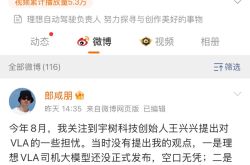Selling One Car Results in a $270,000 Loss: Polestar Closes Its Last Directly-Operated Store in China, Planning to Pursue an Asset-Light Strategy
![]() 10/15 2025
10/15 2025
![]() 497
497
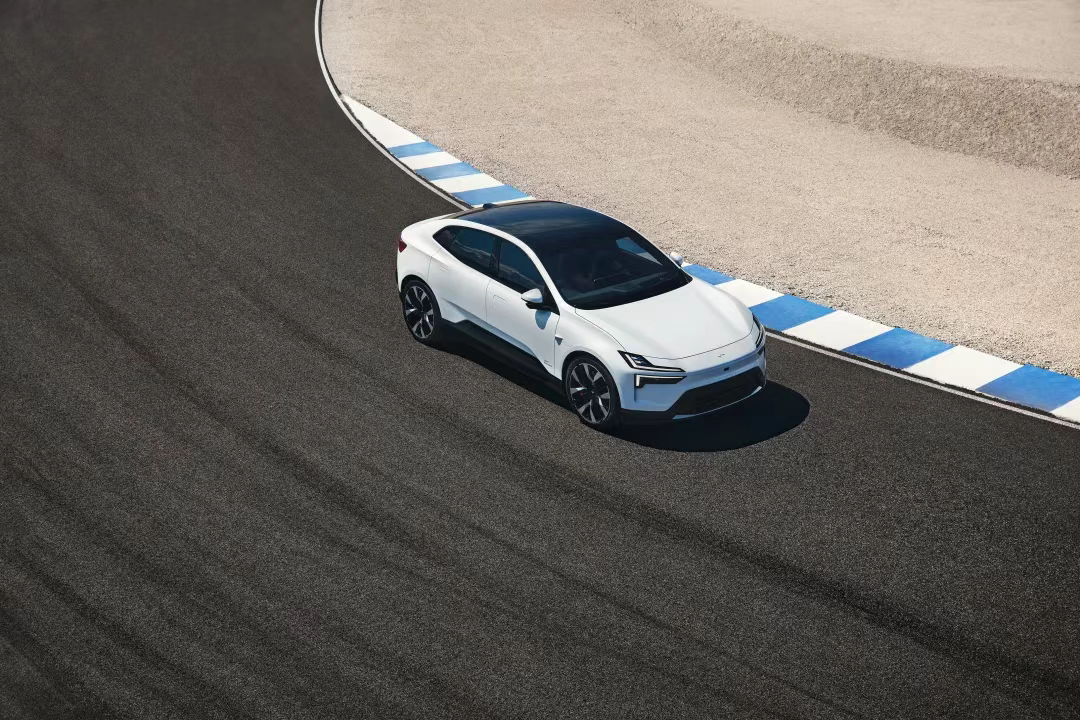
69 Units Sold in the First Half of the Year
Author|Wang Lei
Editor|Qin Zhangyong
Polestar's last offline directly-operated store in China is also set to close.
The latest news reveals that the Polestar Automotive showroom located in the L+Plaza mall in Shanghai's Qiantan has quietly shut down. This marks the closure of Polestar's last normally operating directly-operated store in China.
This also signifies that after eight years of ups and downs in China, Polestar, the high-performance electric vehicle brand co-created by Volvo and Geely and dubbed the 'Nordic Aristocrat,' has seen its offline sales network in China nearly diminish to zero.
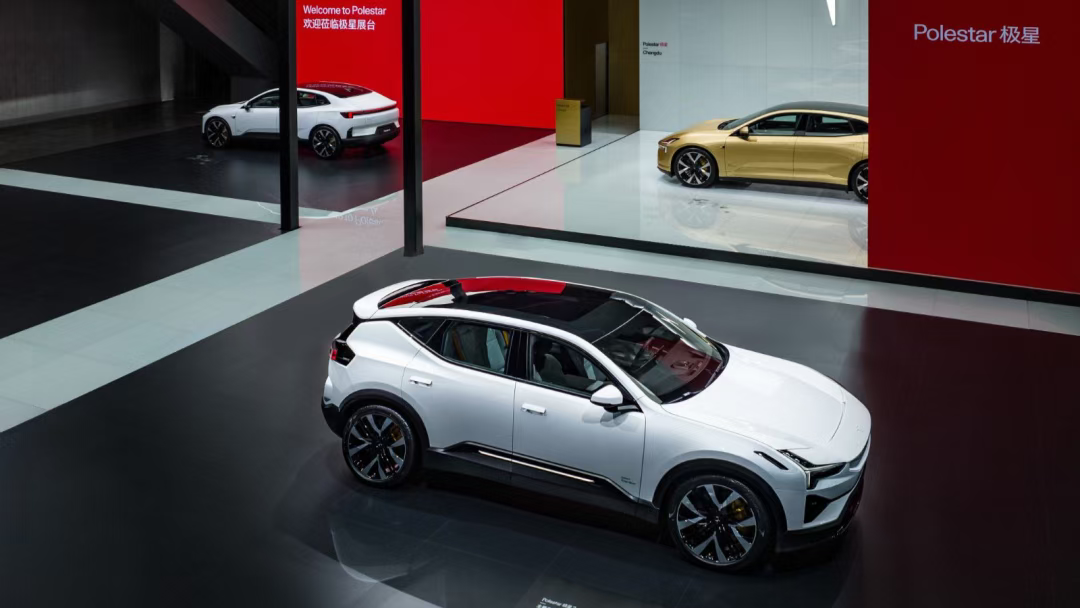
Polestar stated that the company is strategically adjusting its business model in China to better align with the diverse and rapidly changing consumer demands of the Chinese market.
According to Polestar's official customer service representatives, Polestar currently primarily adopts an online sales model, allowing consumers to learn about products and complete purchases through digital channels such as the official website.
Despite Polestar's efforts to downplay the impact of this news through 'strategic adjustments' and a 'shift to online,' there is no denying that Polestar is at a delicate turning point.
01 Not Yet a Defeated Exit
Although Polestar has closed its last directly-operated store, it also emphasizes that its other operations in China remain unaffected, and the rights and interests of vehicle owners will not be impacted in any way.
Without the store, sales can still proceed. According to official statements, the sales model has temporarily shifted from offline to online. However, Chao Dian Laboratory attempted to purchase a vehicle through Polestar's mini-program for car buying but found that the online purchasing program had quietly been closed. The car buying page now states, 'If you have a car purchase request, please contact Polestar.'

Some may wonder, with offline stores gone, what about test drives before purchasing? Polestar's page indicates that test drives are still available but require a phone reservation, with dedicated personnel handling the process. Additionally, it prompts you to prepare your driver's license.
Although sales are not hindered, it must be acknowledged that Polestar's directly-operated sales strategy in China has comprehensively contracted.
This transformation stands in stark contrast to previous expansion plans. By the end of 2023, Polestar had only 55 stores in China but planned to double this number to approximately 120 by 2024 and exceed 180 by 2025, covering major first- and second-tier cities nationwide, with plans to categorize stores based on different functions.
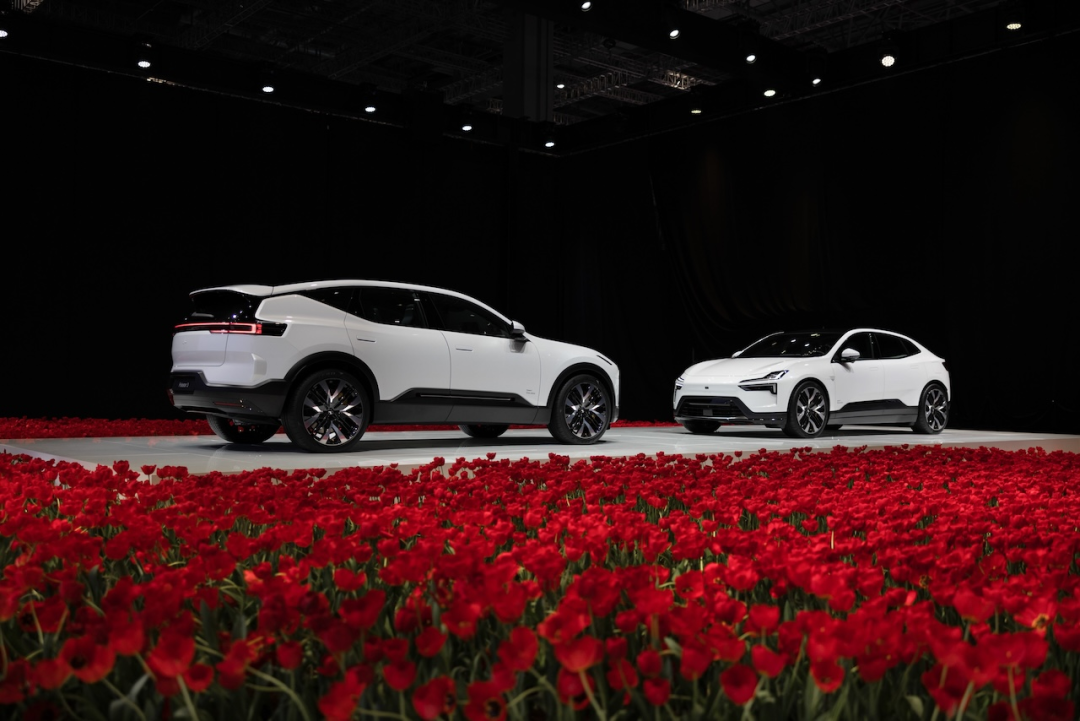
However, starting from early 2025, the number of Polestar stores began to rapidly decline. By July of this year, Polestar had only one normally operating directly-operated store in Shanghai's Qiantan. Two months later, this last store also failed to sustain itself.
In February of this year, Polestar Technology was reported to be undergoing organizational restructuring, with the directly-operated channel becoming a key area for cuts. According to informed sources, the primary reason for store closures was to reduce operational costs, particularly for high-rent stores located in shopping malls with poor sales.
In April of this year, Polestar began to intentionally scale down its operations in China, including withdrawing from sales and marketing joint ventures with local partners. Polestar CEO Michael Lohscheller once admitted, 'We clearly have limited resources, and we see many growth opportunities in Europe,' implying that the company would allocate resources to better-performing markets.
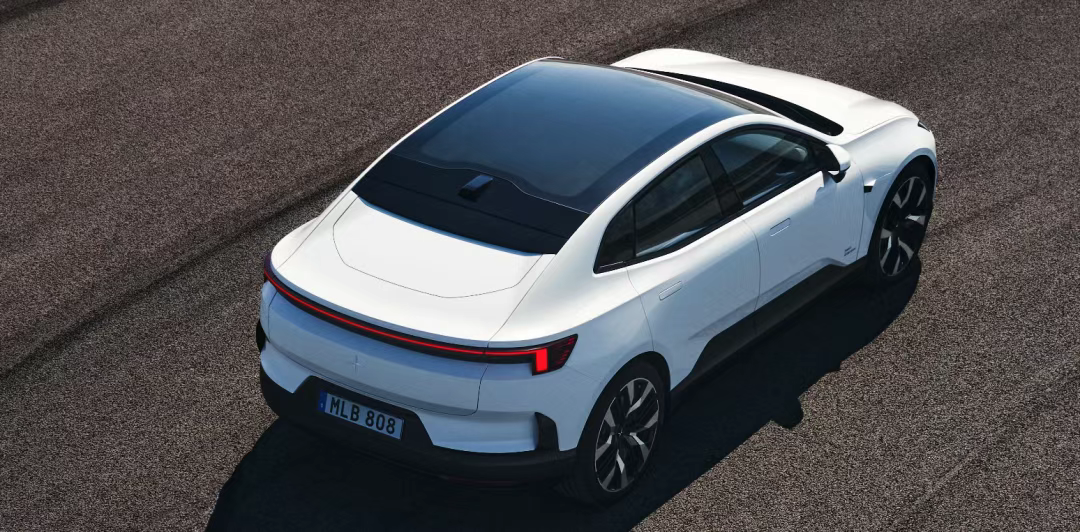
From being a sought-after brand to a shifting balance, the underlying reasons for Polestar's strategic adjustments are largely predictable—continuously sluggish sales data in China.
Since entering the Chinese market in 2017, Polestar's sales have consistently failed to gain momentum. From 2021 to 2023, Polestar's sales in China were 2,048 units, 1,717 units, and 1,100 units, respectively.
Even after the establishment of the more vertically integrated Polestar Technology, sales did not significantly improve. In 2024, Polestar's retail sales in China amounted to only 1,864 units.
The data has worsened this year. Third-party data shows that in the first half of 2025, Polestar's cumulative sales in the Chinese market were less than 100 units, with delivery volumes for April and May recorded as zero on the third platform, and only six units sold in June.
Such sales performance clearly cannot support the initial domestic expansion plan for sales channel construction. Simultaneously, this performance stands in stark contrast to Polestar's overseas performance.
It's not to say that global sales are booming, but they are significantly better than domestic performance. Just in the first half of this year, Polestar delivered 30,319 vehicles globally, a 51% year-over-year increase. Extending to the first three quarters, cumulative retail sales reached approximately 44,482 units, a 36% increase.
Although sales have increased significantly, Polestar's losses have grown even more. According to Polestar's financial report, the net loss in the first half of the year was as high as $1.193 billion, a 119.4% increase from $544 million in the same period last year, with a gross profit margin of -49.4%.
From 2021 to 2024, Polestar's revenue was $1.337 billion, $2.462 billion, $2.368 billion, and $2.034 billion, respectively, with net profits of -$1.077 billion, -$466 million, -$1.182 billion, and -$2.05 billion.
Over four and a half years, Polestar has accumulated a net loss of $5.968 billion, exceeding $40 billion, and due to poor performance, Polestar's stock price has consistently hovered on the brink of being a 'penny stock.'
In June 2022, Polestar went public on Nasdaq, with a market value once reaching $28 billion (equivalent to RMB 201.1 billion). However, in less than three years, Polestar's market value has plummeted by over 90%, standing at only $1.9 billion as of press time, with its stock price struggling at around $1, on the verge of delisting.
02 Pragmatism is Key
Among the numerous Chinese new energy vehicle brands, Polestar is likely one of the few with minimal presence. Nevertheless, Polestar was born with a silver spoon.
Backed by Geely and Volvo, two giant trees, this 'new force' automaker co-created by them started with a high profile. Derived from Volvo's high-performance division and boasting European heritage, Geely's funding, and Volvo's technology, it was born with a halo and high expectations, creating a market value of up to $22 billion on its US stock market debut.
Based on the principle of riding on the coattails of giants, Polestar chose to tackle a tough challenge in its 'first battle,' directly targeting the ultra-luxury segment. Its first high-end model was priced as high as $145,000.
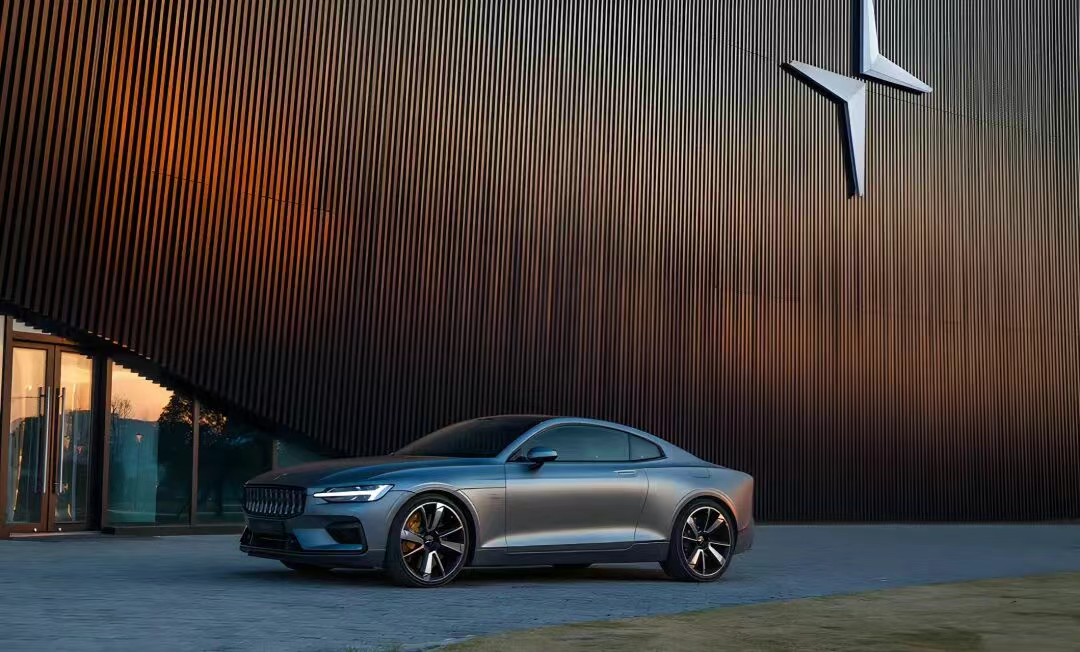
The inaugural model, Polestar 1, was positioned as a luxury hybrid GT coupe, directly competing with the Tesla Model S, with a price tag of $145,000. At that time, Polestar's CEO, Thomas Ingenlath, emphasized, 'Polestar aims to become the Porsche of electric vehicles.'
However, lofty ideals clash with harsh reality. Such a price, let alone in the Chinese market, is rarely acceptable even in the European and American markets.
Two years later, Polestar launched its second model, Polestar 2, significantly reducing the starting price to $29,800 and shifting to the mainstream market, directly competing with the Model 3.
It's evident that this strategy closely resembles Tesla's initial approach—first elevating the brand positioning with ultra-high-end models and then opting for a more accessible route.
However, although Polestar's second model entered the mainstream market, its third model, Polestar 3, raised the starting price in the Chinese market to $880,000, with the top-tier version reaching $1.02 million, returning to the ultra-luxury market. The Polestar 4, launched in 2023, then brought the price back to the $30,000 range.
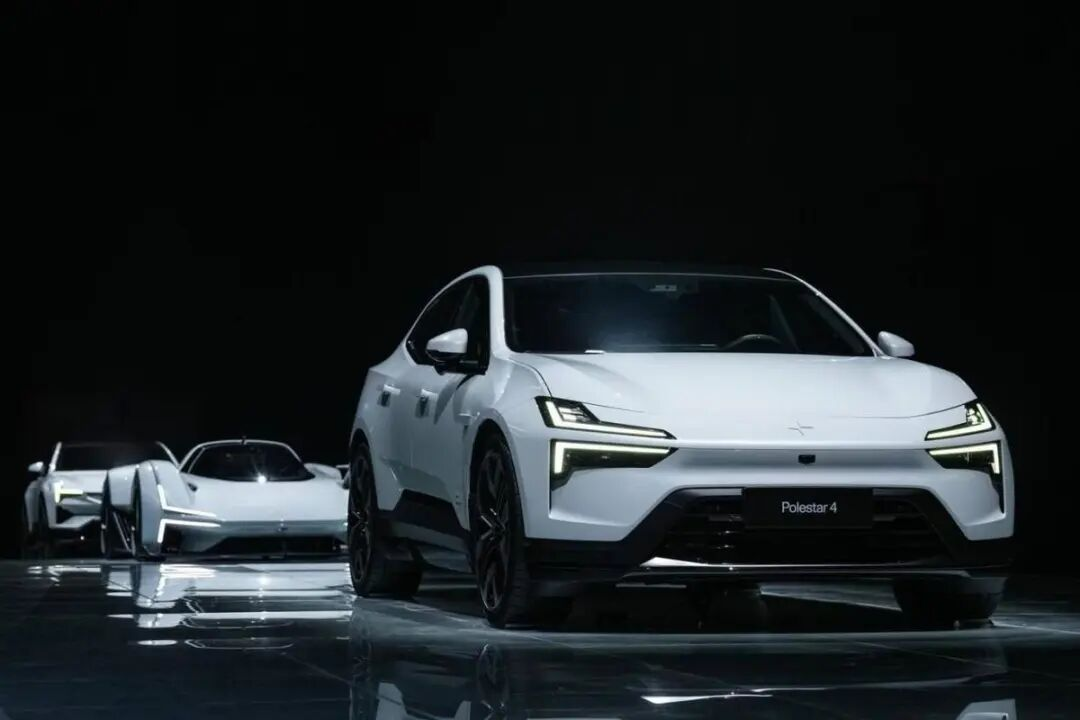
Additionally, the officially teased Polestar 5 and Polestar 6 are positioned to compete with the Porsche Panamera and 911, respectively, with the Polestar 6 concept car having a pre-sale price as high as $1.68 million.
Throughout these years, Polestar's product pricing has fluctuated between $30,000 and $145,000. Polestar aspires to be both Porsche and Tesla, an ambitious idea, but straddling both ends is no easy feat for any automotive brand.
Furthermore, in the eight years of Polestar's brand development, there have been seven changes in the leadership of its Chinese division, with each executive staying for less than a year and a half on average.
Nowadays, one of Polestar's two financial backers, Volvo, decided last year to cease investing in Polestar and significantly reduced its stake from the original 48.3% to 18%.
In June of this year, Li Shufu urgently injected $200 million into Polestar to keep it afloat. Geely Group is currently undergoing internal strategic integration, but Geely has clearly stated that Polestar will not be acquired by Geely Automobile.
This also means that even though Polestar remains strategically significant to Geely, Polestar must still independently save itself.
With the closure of its last directly-operated store and a full shift to online sales, how can Polestar regain its market presence?

